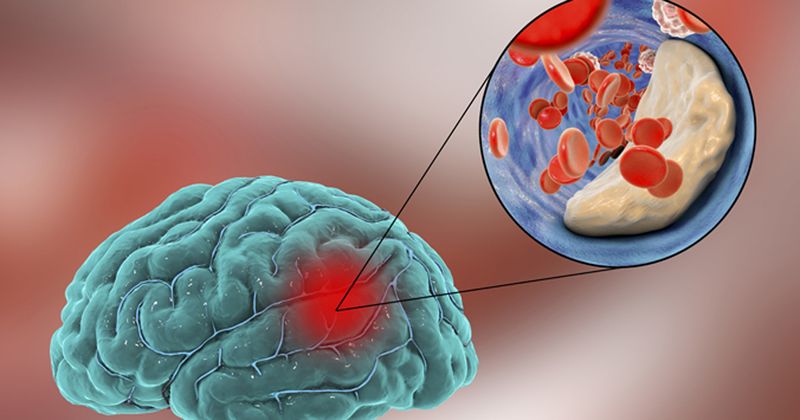No significant readmission risk across subtypes for older adults hospitalized for stroke
Key Takeaways:
- Study included 1,412 adults with stroke followed up for hospital readmission for subsequent stroke.
- Of the study population, 81% were rehospitalized, 83% with thrombotic or lacunar stroke.
In a cohort of older adults hospitalized for an initial stroke, readmission risk was not significantly different among stroke subtypes or over different time intervals, according to research published in Neurology.
“With the increase in life expectancy and survival after stroke, the number of survivors at risk of recurrence and readmission is rising, posing significant burden to patients, their families and the health system,” Kelly L. Sloane, MD, assistant professor of neurology at the Perelman School of Medicine, University of Pennsylvania, and colleagues wrote.

Researchers examined the risk and cause of initial hospital readmission by stroke subtype over the years following their incident stroke among those in a community-based setting as part of the Atherosclerosis Risk in Communities study.
Their analysis included 1,143 hospitalizations for 1,412 adults (mean age 72.4 years; 52.1% women) with first-ever stroke who were followed up for all-cause readmission after incident stroke for a median interval of 10.6 months until discharge, death or end of follow-up.
Risk of first readmission was assessed by stroke subtypes (cardioembolic, thrombotic/lacunar, intracerebral/subarachnoid hemorrhagic) using Cox and Fine-Gray proportional hazards models, with adjustments for sociodemographic and cardiometabolic risk factors.
Researchers also assessed risk of all-cause hospitalization during the follow-up interval, within 1 month of initial stroke and 5 or more years following incident stroke.
According to results, 81% of participants were hospitalized over a maximum of 26.6 years of follow-up (83% with thrombotic/lacunar stroke, 77% with cardioembolic stroke, 78% with hemorrhagic stroke).
Over the entire follow-up period readmission risk was lower, readmission risk was lower for thrombotic/lacunar stroke (hazard ratio [HR] = 0.82; 95% CI, 0.71-0.95) and hemorrhagic stroke (HR = 0.74; 95% CI, 0.58-0.93) compared with cardioembolic stroke in adjusted Cox proportional hazards models.
Thrombotic/lacunar stroke was associated with lower readmission risk within 1 month (HR = 0.66; 95% CI, 0.46–0.93) and during 1 month to 1 year (HR = 0.78; 95% CI, 0.62-0.97) compared with cardioembolic stroke, and hemorrhagic stroke was associated with lower risk during 1 month to 1 year (HR = 0.6; 95% CI, 0.41-0.87), whereas no significant difference was found between subtypes in readmission risk during later periods.
“This finding highlights the importance of focusing strategies for reducing readmissions, which occur at high rates both in short term and long term after stroke across all subtypes,” Sloane and colleagues wrote.
